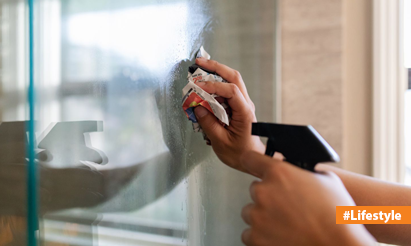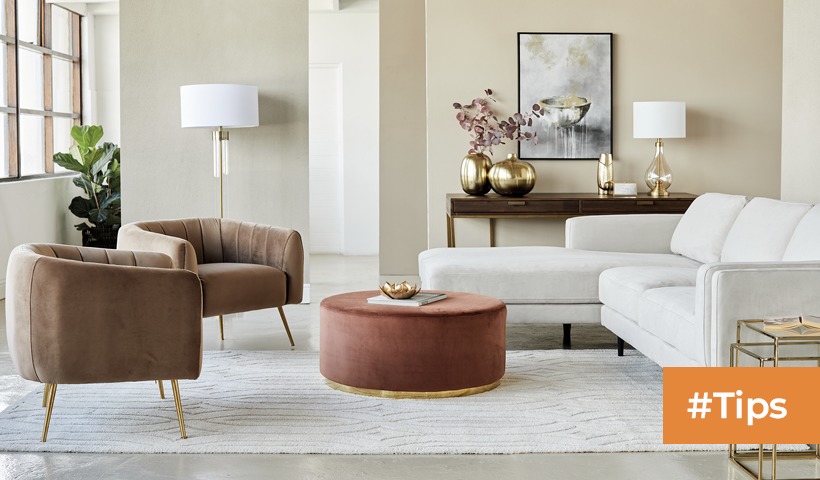Renting vs Buying Furniture in India – Pros and Cons
The age-old dilemma of whether to rent or buy furniture is a significant decision that many Indians face when setting up their homes. As the dynamics of living spaces continue to evolve, so do the considerations that influence this choice. In this article tailored for Indian readers, we explore the pros and cons of both renting and buying furniture to help you make an informed decision based on your specific needs and circumstances.
Renting Furniture:
Pros:
- Cost-Effective Solutions: Renting furniture is often more cost-effective, especially in the short term. It allows you to furnish your home with high-quality pieces without a significant upfront investment.
- Flexibility and Variety: Renting provides the flexibility to change your furniture based on evolving tastes or living situations. It’s an ideal solution for those who value variety and may need to relocate frequently.
- No Maintenance Hassles: Rental agreements often include maintenance services, relieving you of the responsibility to repair or upkeep the furniture. This can be particularly advantageous for those with a busy lifestyle.
- Convenient for Temporary Setups: If you’re living in a city temporarily or planning to move soon, renting furniture is a convenient option. It saves you the trouble of transporting or selling furniture when you relocate.
- Trial Before Commitment: Renting allows you to test different styles and types of furniture before committing to a purchase. This is especially beneficial if you’re unsure about your long-term preferences.
Cons:
- Long-term Costs Accumulate: While monthly rental payments may seem affordable, the cumulative cost over an extended period can surpass the value of the furniture itself. For those planning a more permanent residence, buying might be a more economical choice.
- Limited Customization: Renting may limit your ability to customize furniture according to your specific preferences. Choices may be restricted to what is available in the rental catalog.
- No Ownership Benefits: Renting doesn’t offer any ownership benefits. You won’t build equity, and the money spent on monthly rentals does not contribute to an asset that you own.
- Dependency on Rental Service: Your dependence on the rental service for maintenance, repairs, and timely deliveries can sometimes lead to inconveniences if the service is not efficient or responsive.
Buying Furniture:
Pros:
- Long-term Investment: Buying furniture is a long-term investment that contributes to the equity of your home. Over time, the cost of ownership tends to be more economical compared to renting.
- Customization Options: When you buy furniture, you have the freedom to customize it according to your preferences. From choosing the material to the design, you have complete control over the aesthetic.
- Ownership Benefits: Owning furniture provides a sense of permanence and ownership. It allows you to make modifications, refurbish, or sell pieces if needed, contributing to the value of your property.
- Freedom to Renovate: Homeowners have the liberty to renovate or remodel their spaces without restrictions. This includes updating or replacing furniture to align with evolving styles and preferences.
- No Monthly Payments: Unlike renting, buying furniture eliminates the need for monthly payments. Once you make the initial purchase, the furniture is yours, and there are no ongoing financial commitments.
Cons:
- High Initial Cost: The primary drawback of buying furniture is the high initial cost. Quality pieces can be expensive, and not everyone may be willing or able to make such a significant upfront investment.
- Maintenance Responsibility: Owners are responsible for the maintenance and repairs of their furniture. This includes addressing wear and tear, damages, or the need for refurbishment, which can be time-consuming and costly.
- Limited Flexibility: Buying furniture commits you to a particular style and type for an extended period. This lack of flexibility may pose a challenge if your preferences change or if you need to relocate.
- Depreciation of Value: Similar to other assets, furniture experiences depreciation in value over time. While well-maintained pieces can last for years, the resale value is typically lower than the initial purchase price.
- Transportation Hassles: If you move frequently, owning furniture may pose transportation challenges. Moving heavy or bulky items can be both logistically challenging and expensive.
The decision between renting and buying furniture in India is ultimately influenced by various factors, including your lifestyle, financial situation, and long-term plans. Renting offers flexibility, cost-effectiveness, and convenience, making it an attractive option for those with transient living arrangements. On the other hand, buying provides ownership benefits, customization options, and long-term cost savings, making it more suitable for those seeking stability and permanence.
As you weigh the pros and cons, consider your current circumstances and future goals. For some, a hybrid approach might be suitable – renting certain items while investing in key pieces for long-term use. Ultimately, the choice is yours, and by understanding the nuances of both options, you can make a decision that aligns with your lifestyle and enhances the comfort and aesthetics of your Indian home.




